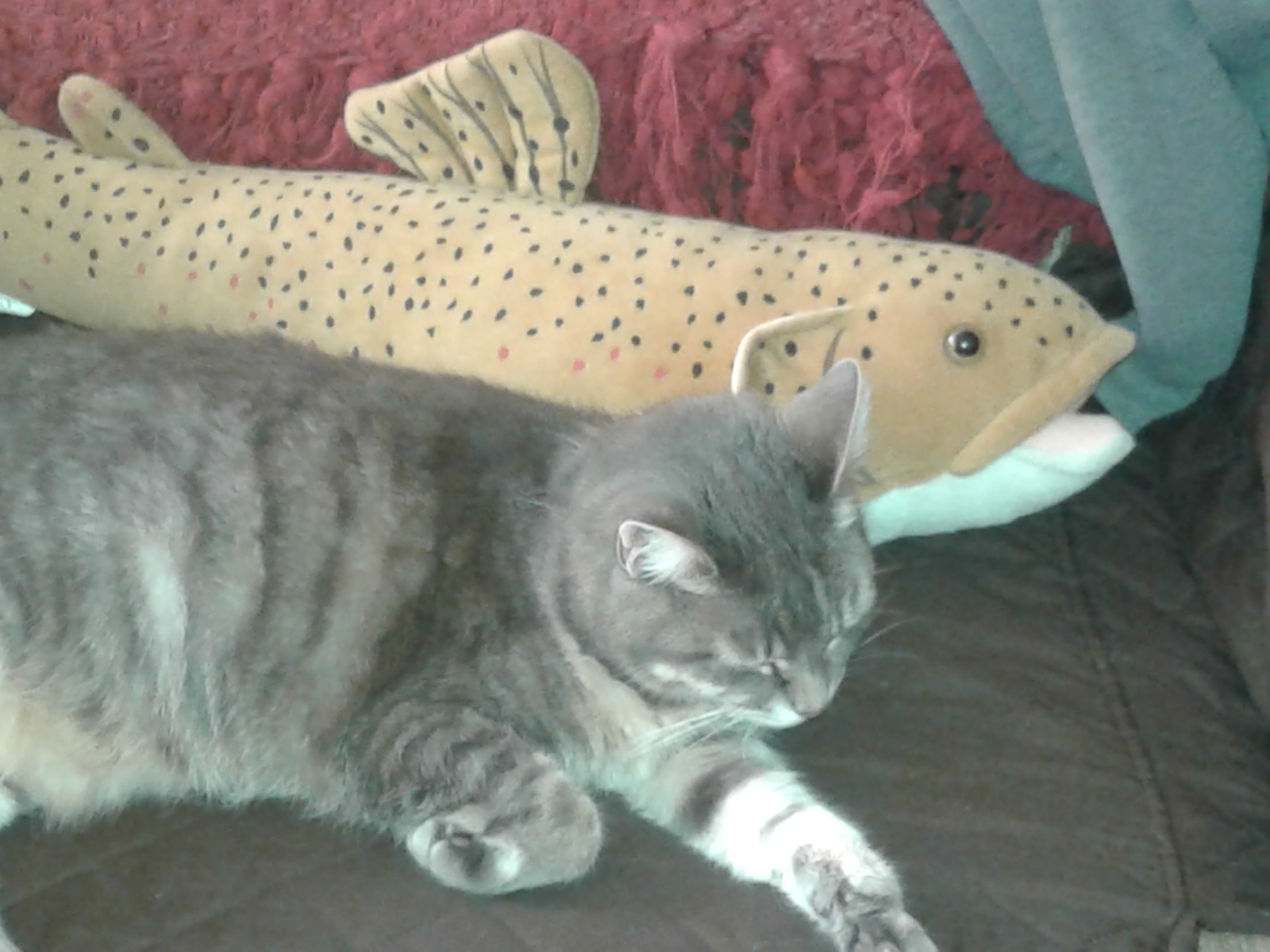 Many writing sites offer instructions for producing BEAT SHEETS—and fiction writers everywhere need to understand the concept, whether you’re a plotter, a pantster or somewhere in-between.
Many writing sites offer instructions for producing BEAT SHEETS—and fiction writers everywhere need to understand the concept, whether you’re a plotter, a pantster or somewhere in-between.
Writing Tip for Today: Let’s discuss writing “beats” for novels, short stories and sentences.
Spreadsheet Beats
A “beat” in fiction used to be called a plot point. The term has changed, but the idea is the same. A beat is any point in the story where things are forced go in a different direction. Note the term forced. Your characters should never “decide” to do anything. The best stories arise out of choices made that squeeze a character into a corner. Tension is built into how that character reacts to the consequences of those choices, which in turn propels the character into narrower and narrower choices.
We writers need to manage our stories, making sure the goals, obstacles, character growth and tension all stay within the story premise. It’s a little like herding cats, but vital to your story’s success. Complicated formulae and spreadsheets abound on the Internet, but if you’re like me, any type of math makes you feel faint. A great resource for constructing a simple Beat Sheet is Jami Gold’s website. She offers tutorials, workshops and sample templates such as this basic beat sheet.
Story Beats
Some writer wonder if beat sheets can be used for short stories. Definitely! All fiction is like a set of nesting Russian dolls—the shape is the same, but the short story magnifies one story element to the exclusion of others. In a Beat Sheet for a novel, you’re taking an X-ray of the entire body, while a Beat Sheet for a short story is more like the film for a broken wrist.
The beats remain the same:
Beat 1: The protagonist commits to the story goal. Sometimes this is called the Inciting Incident, the event that forces the character down a certain path. Usually comes about one-quarter of the way into the story, and signals the end of Act I.
Beat 2: Middle or midpoint, about halfway. Halfway through the second Act. The character changes from simply reacting to the obstacle or antagonist and setting about to deliberately do things to thwart the foe.
Beat 3: The point of NO HOPE, all is lost, we’re doomed. This beat takes place at about 75% through the story. Your character’s doubts, fears and setbacks culminate to force him to consider two options: Fight or Die. This sets readers up for the Climax Scene where the protagonist must give one last effort toward the goal.
Beat 4: Spans most of the last one-quarter of the story and includes the LAST BATTLE or CLIMAX scene. Note that the character must ACT to attain the goal.
Beat 5: A resolution of sorts, showing the aftermath and giving readers a look into the character’s emotional state after winning or losing the goal.
Sentences Beat, Too
As long as we’re talking about beats in writing, let’s include a slightly different type: the sentence beat. When we write paragraphs, the tension rises or falls with the number and type of sentences included in the paragraph. Add too many sentences to any paragraph and the pace/tension begins to slow. Readers want white space to help sweep them along in the story.
Add too few sentences, and vital info (or more likely, emotion), will be absent. When you draft, add as many sentences as you wish. But when you revise, keep in mind the rhythm, tension and pace those sentences present. Add or subtract sentence beats to create the best balance for your story.





Excellent as always. Thank you.
Bryan,
Newer writers tend to get all tangled up over this stuff but it really does help you learn the shape of the story. It’s the shape that I believe is within all of us and when we read it, it’s like seeing your doppelganger on the street. Thanks for you comment and
KEEP WRITING!
Linda